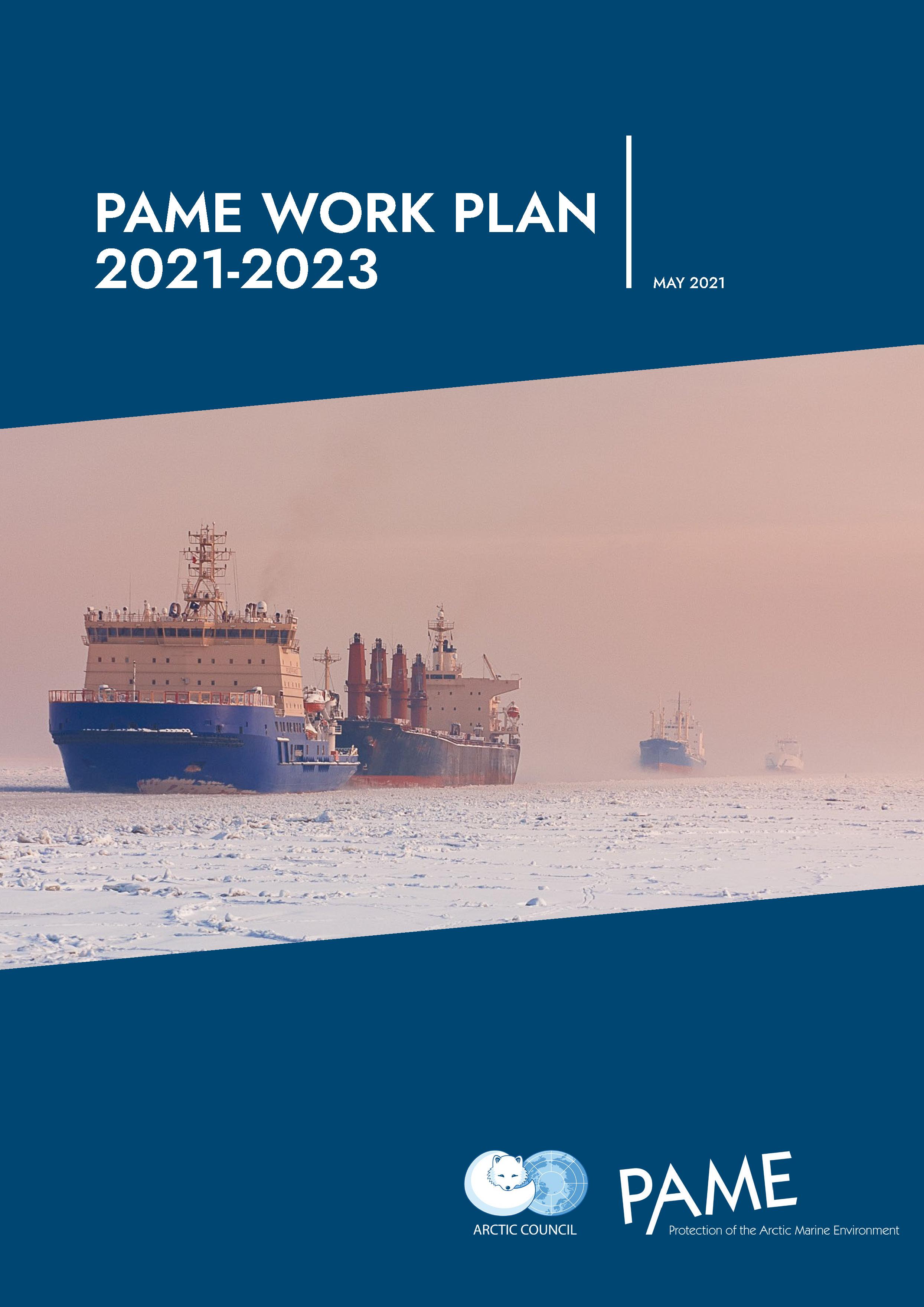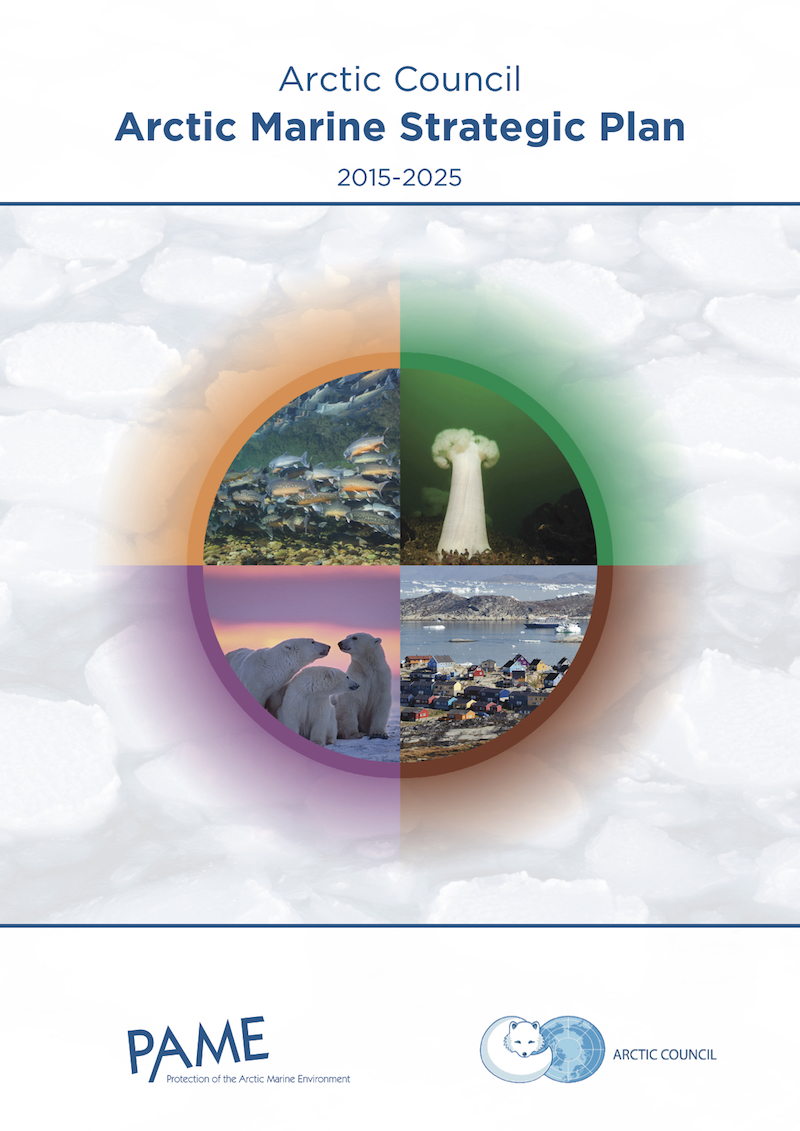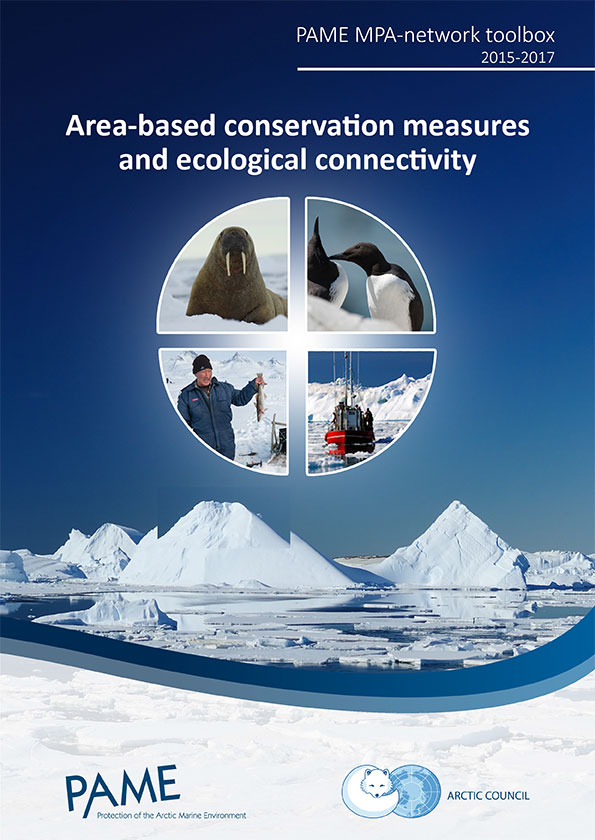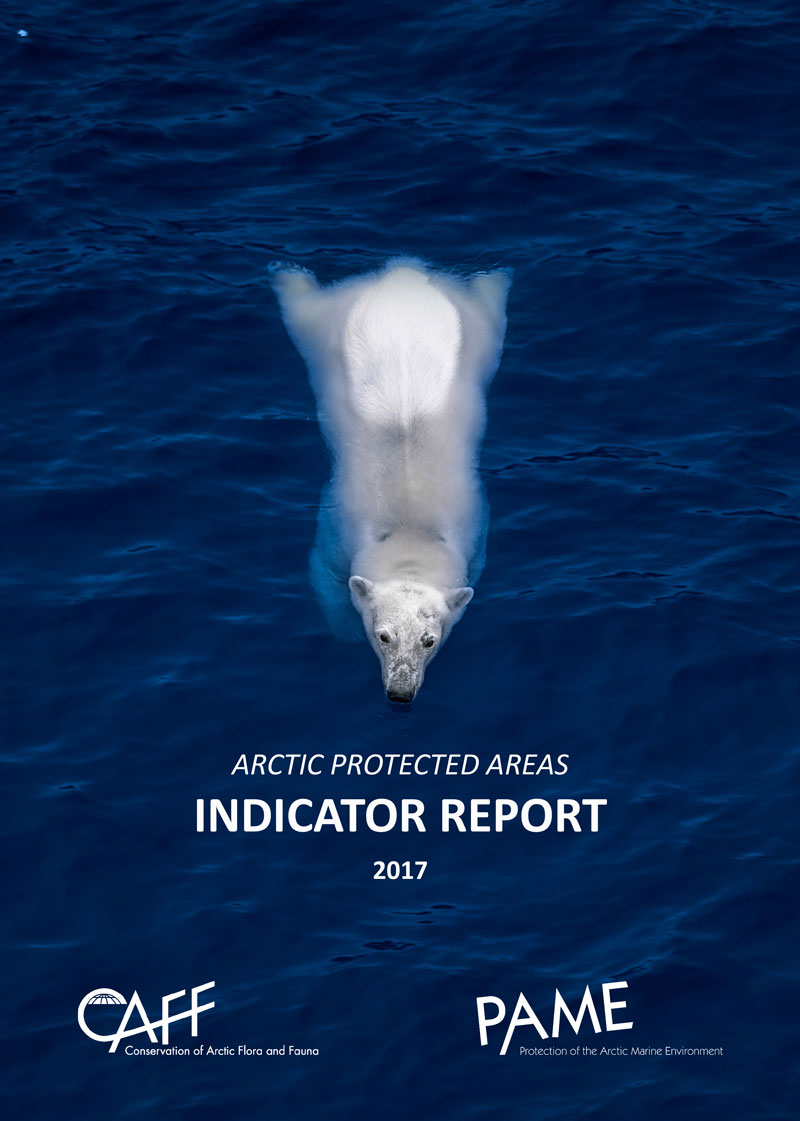PAME's MPA-Network Toolbox
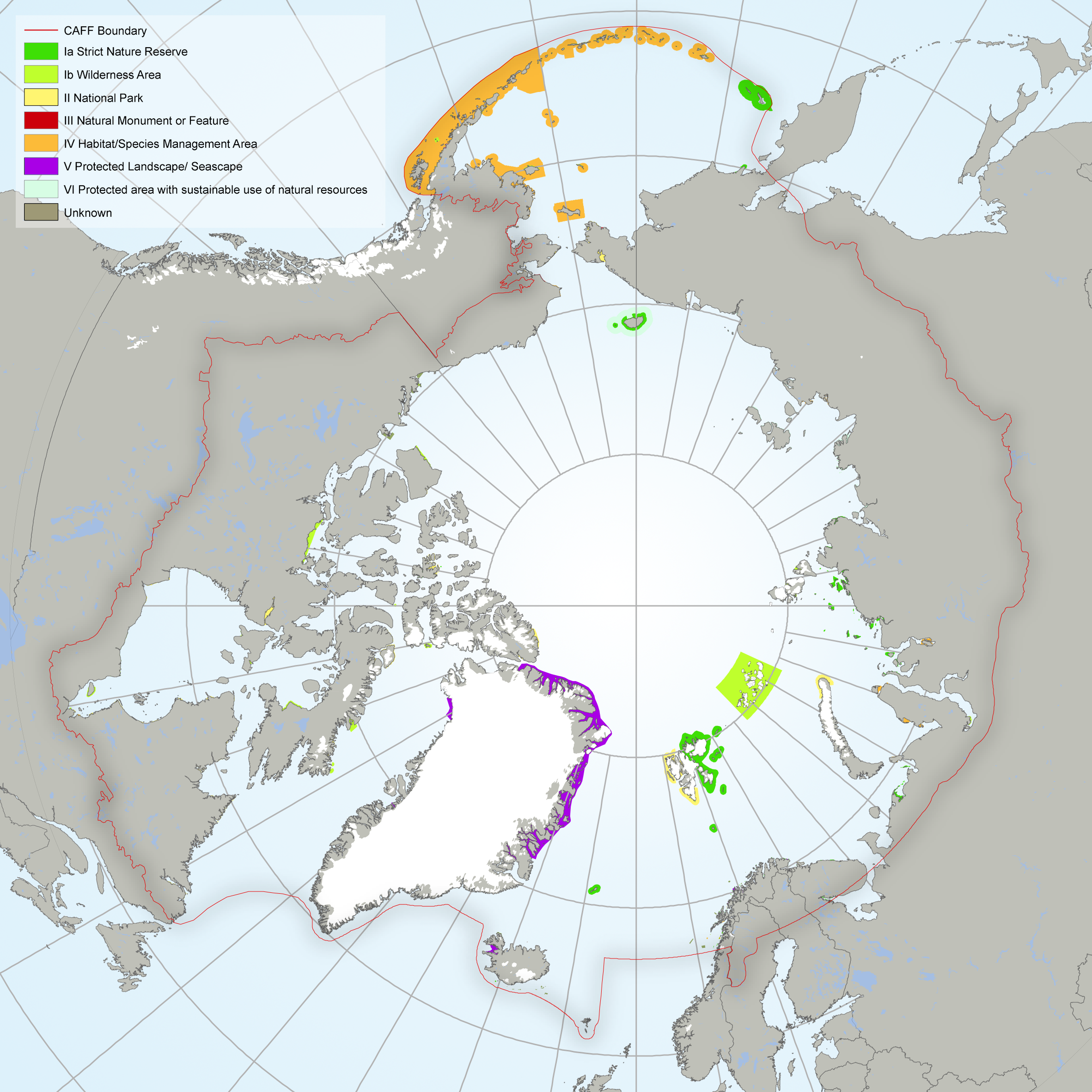 PAME’s Framework for a Pan-Arctic Network of Marine Protected Areas (Arctic Council 2015) called for the development of a Pan-Arctic Marine Protected Area (MPA) Network, recognizing that individual Arctic countries pursue MPA development based on their own authorities and priorities, and within the context of an ecosystem approach to management. The Framework offers a foundation of goals and objectives on which a toolbox created subsequently builds.
PAME’s Framework for a Pan-Arctic Network of Marine Protected Areas (Arctic Council 2015) called for the development of a Pan-Arctic Marine Protected Area (MPA) Network, recognizing that individual Arctic countries pursue MPA development based on their own authorities and priorities, and within the context of an ecosystem approach to management. The Framework offers a foundation of goals and objectives on which a toolbox created subsequently builds.
PAME’s “Toolbox” develops guidance to assist Arctic States in advancing their MPA networks by providing theory and tools that can be used to assess and protect the diversity of genes, species, populations, habitats, features, and ecosystems; their interactions and processes; and the ability to adapt to change. This guidance is intended to inform decision-makers, practitioners, Indigenous peoples, and stakeholders involved in developing MPA networks and ecosystem-based management in the marine Arctic.
Most Arctic states have established some MPAs, but are still in the early stages of filling gaps and connecting and managing MPAs as ecologically functional MPA networks (CAFF & PAME 2016). The project also intends to foster collaboration on MPA network development between Arctic countries, Permanent Participants, Arctic Council Working Groups, and the conservation and science communities.
Update of the MPA-Netwoork Toolbox
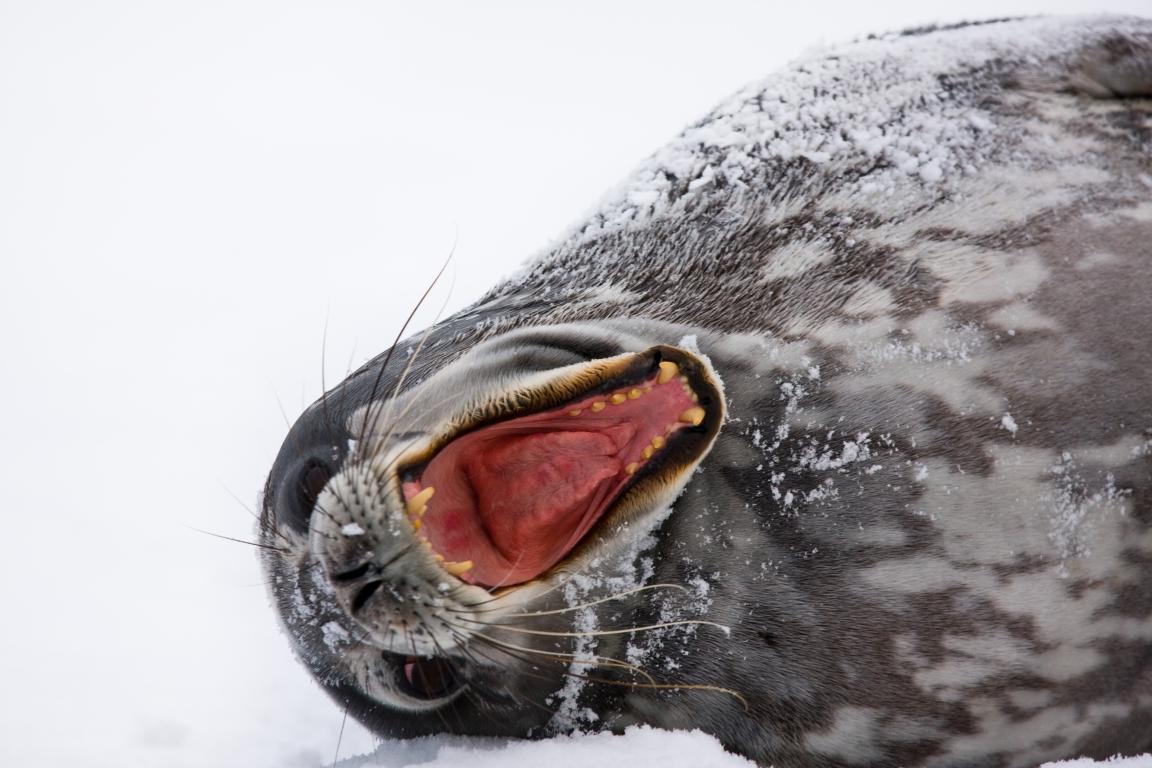 Revisiting the Framework for a Pan-Arctic Network of MPAs (2015) for potential updates
Revisiting the Framework for a Pan-Arctic Network of MPAs (2015) for potential updates
As of 2021-2023, PAME will assess the need to update the Framework for a Pan-Arctic Network of MPAs based on international developments, including international best practices and previous Arctic Council initiatives, within the broader context of sustainable oceans management practices and climate change. The aim is to support the efforts of Arctic States to develop their MPA networks and chart a course for future collaborative planning, management, and actions for the conservation and protection of the Arctic marine environment. The PAME Marine Protected Areas (MPA) expert group will explore potential updates for consideration by the PAME working group to include:
- Potential linkages to the UN Decade of Ocean Science for Sustainable Development;
- Exploration of management tools; and,
- Convene a meeting of MPA managers from the Arctic to share approaches, opportunities and challenges, as well as contribute to revisiting of MPA Framework Document.
Lead: MPA Expert Group. Partners: CAFF, WWF, Circumpolar Conservation Union (CCU)
Expansion and refinement of the MPA-Network Toolbox
In 2021-2023 PAME will continue enhancing PAME’s work on a Pan-Arctic Network of Marine Protected Areas, taking into account any potential updates to the Framework for a Pan-Arctic Network of MPAs (2015) and the AMSP strategic action 7.2.10. This work will take into account outcomes from previous MPA workshops (4 workshops), the Modelling Arctic Oceanographic Connectivity study, updating exercise of the Framework for a Pan-Arctic Network of MPAs (2015) and work on other relevant projects from the 2021-2023 biennium.
Leads: MPA Expert Group. Partners: CAFF, WWF, Circumpolar Conservation Union (CCU)




